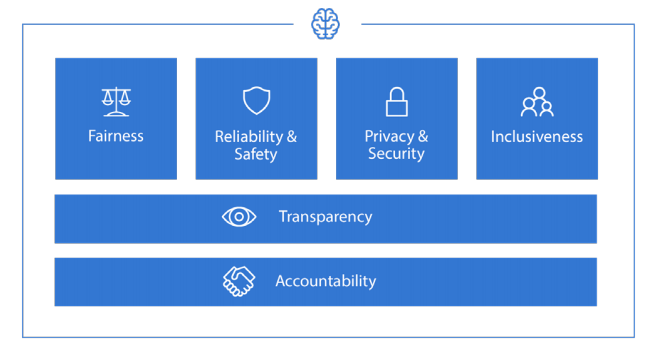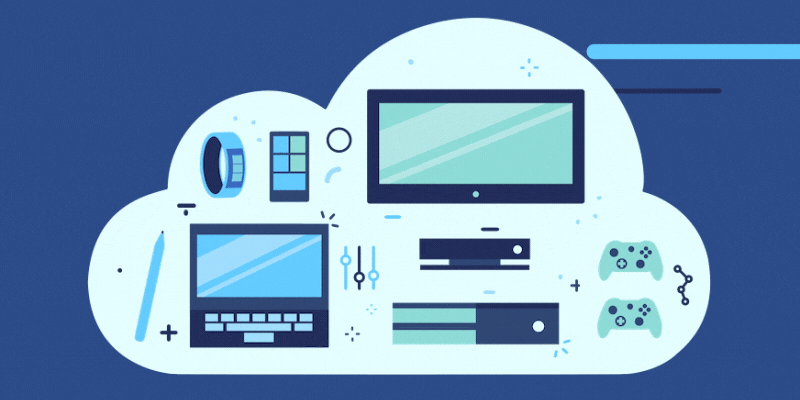Let's Explore
Cloud Computing
Cloud computing is on-demand access, via the internet, to computing resources—applications, servers, data storage, development tools, networking capabilities, and more—hosted at a remote data center managed by a cloud services provider (or CSP). The CSP charges a monthly subscription fee or bills them according to usage.Machine Learning
Machine learning is the science of getting computers to act without being explicitly programmed. In the past decade, machine learning has given us self-driving cars, practical speech recognition, effective web search, and a vastly improved understanding of the human genome.Computer Vision
Computer vision is a field of artificial intelligence (AI) that enables computers and systems to derive meaningful information from digital images, videos and other visual inputs — and take actions or make recommendations based on that information. If AI enables computers to think, computer vision enables them to see, observe and understand.Big Data
Big data refers data to data sets whose size or type is beyond the ability of traditional relational databases to capture, manage and process the data with low latency. Big data has one or more of the following characteristics: high volume, high velocity or high variety. Big data analytics is the use of advanced analytic techniques against big data.Artificial Intelligence
Artificial intelligence (AI) refers to the simulation of human intelligence in machines that are programmed to think like humans and mimic their actions. The term may also be applied to any machine that exhibits traits associated with a human mind such as learning and problem-solving.Deep Learning
Deep learning is an artificial intelligence (AI) function that imitates the workings of the human brain in processing data and creating patterns for use in decision making. Deep learning is a subset of machine learning in artificial intelligence that has networks capable of learning unsupervised from data that is unstructured or unlabeled.Internet of Things
The Internet of Things (IoT) describes the network of physical objects—“things”—that are embedded with sensors, software, and other technologies for the purpose of connecting and exchanging data with other devices and systems over the internet. These devices range from ordinary household objects to sophisticated industrial tools.Quantum Computing
Quantum computing harnesses the phenomena of quantum mechanics to deliver a huge leap forward in computation to solve certain problems. Quantum computers can create vast multidimensional spaces in which to represent these very large problems. Classical supercomputers cannot do this.Cyber Security
Cybersecurity focuses on protecting computer systems and networks from cyberthreats and attacks. As companies continue storing information on the cloud and conduct operations online, the need for improved cybersecurity also grows. Most industries need better cybersecurity technologies to protect their proprietary and customer data.Robotics
The robotics field studies and develops robots in the pursuit of make life easier. It incorporates computer science, electrical and mechanical engineering. Robotics uses artificial intelligence, machine learning, and other computer science technologies. Robots aim to increase safety and efficiency in almost all industries.Bioinformatics
Bioinformatics is a subdiscipline of biology and computer science concerned with the acquisition, storage, analysis, and dissemination of biological data, like DNA and amino acid sequences. Bioinformatics is used for a variety of applications, like determining gene functions, establishing evolutionary relationships, and predicting the 3D shapes of proteins.Data Mining
Data mining is a process used by companies to turn raw data into useful information. By using software to look for patterns in large batches of data, businesses can learn more about their customers to develop more effective marketing strategies, increase sales and decrease costs. Data mining depends on effective data collection, warehousing, and computer processing.Embedded System
An embedded system is a computer system—a combination of a computer processor, computer memory, and input/output peripheral devices—that has a dedicated function within a larger mechanical or electronic system. It is embedded as part of a complete device often including electrical or electronic hardware and mechanical parts.Responsible AI

About Me

Arunima Chaudhuri
I am currently pursuing my B. Tech in Computer Science and Engineering from the Government College of Engineering and Ceramic Technology, Kolkata.
My hobbies include reading books, painting and dancing.
I love learning about new technologies from various courses, websites, blogs and also by observing things around me.
Lets explore these technologies together.
